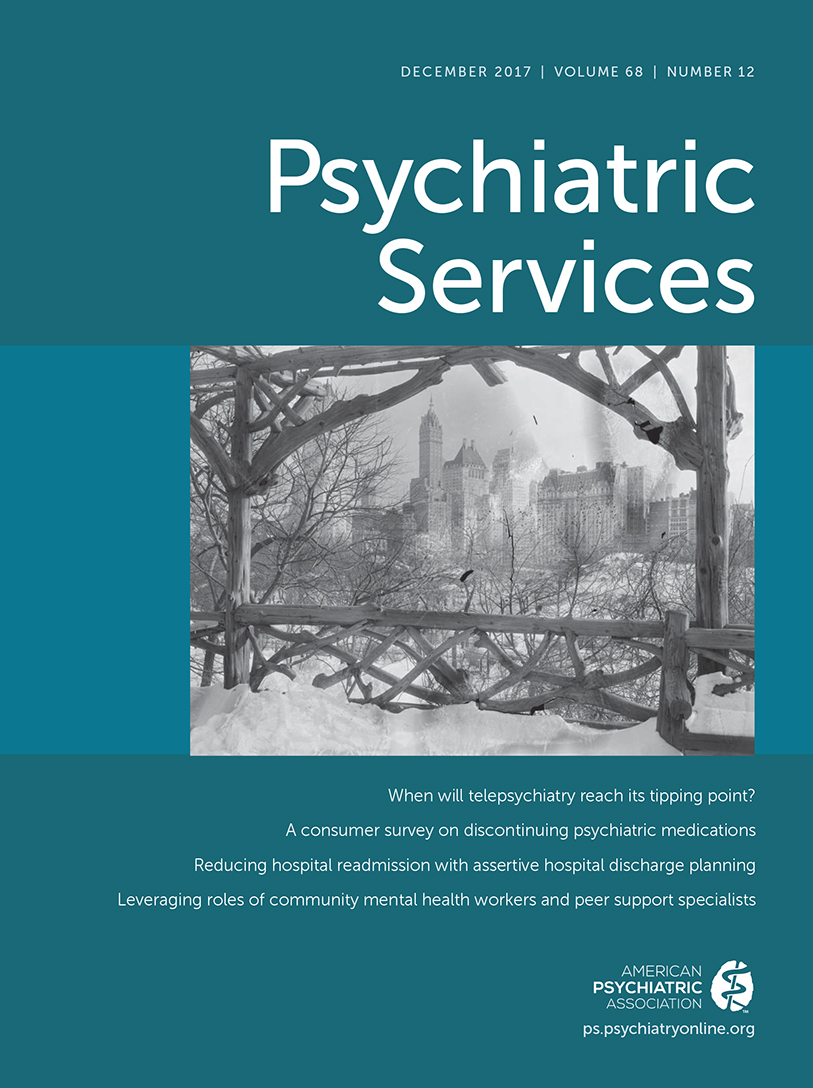Code
A shrill, piercing sound echoes through the building. “Code 3, second floor; code 3, second floor” is announced over the loudspeaker. It is 4:30 p.m. on a Wednesday, and I am tucked in my office, typing away on my laptop. The sound and announcement are code—the euphemism we use in the building for persons out of control or perhaps a danger to themselves or others. I spend time each week training volunteers on exactly what to do if this code is announced while they are in the building. I say, “For you, this means go the other way. For staff, this means go toward.” And as it may be, I am staff—pregnant staff, that is, but still staff. And so today I decide to go toward.
I come out of my office and follow the steady stream of people up the stairs to the second floor. Once there, I find a crowd steadily gathering outside one of the clinicians’ offices. People are standing around, looking to one another for direction, but no one seems to be in charge. Suddenly the client, a woman who looks to be in her twenties, storms out of the office, red-faced and angry, yelling, “You can’t do this to me!” She walks right past me, to the stairwell, and down the stairs. The clinician emerges from his office with a glazed expression on his face.
“Is she downstairs?” he asks. His pupils are dilated to the size of dimes. His lips are tightly pursed. Behind him the psychiatrist emerges, with a nearly blank expression on her face. I wonder what has just transpired in that office. What happened?
“She is not to leave the building,” he says. With so much blankness on both of their faces, I imagine the blankness is usual, and I wonder whether the client yelled just to get some sort of emotional reaction out of either of them. I imagine she got nothing.
The crowd slowly moves back down the stairs, a crackling energy in the air, the tension about the unknown a headless beast moving back toward the main lobby, following the client who continues to yell out. I follow, wondering why, on this day, I have decided to respond to this code. There are plenty of others who have responded. I worry: I am pregnant, I could get hurt. I decide to go back to my office. But I have not truly left the scene of the code, for it has moved right outside the building, and my office, being right inside the lobby, is still much within earshot. Even with my door shut, I hear a muted rendition of the drama taking place 15 to 20 feet beyond. The client is on the sidewalk right outside the glass doors and is surrounded by what now seems to be an even larger crowd of staff. She is yelling, she is loud, and I can hear only her; if staff are talking, their few voices are low and muted. “I don’t want to take the medication,” she says. “It’s poisoning me. It’s poisoning me and my family,” she says. “God doesn’t want it this way, what you are trying to make me do. You’re hurting me.” She is screaming and screaming, and I wonder what has happened to her to reach this point. What has she said that kicked off this code? From my tiny office at the edge of the lobby, it sounds more like she disagrees with what others want her to do, rather than that she is in imminent danger. I know I do not have the whole story.
I wonder, what if this were me? Because it had been me, years ago, at a different hospital. It had been me, pinned down and forcibly medicated. It had been me in four-point restraints and tugging to be let free. And now, the question occurs to me, what if this were my yet-to-be-born daughter, 18 years from now, caught in the web of this system, pleading for her life, pleading for understanding? I sit at my computer and am briefly wracked with sobs, feeling my daughter kick in my belly.
Somehow, the woman calms down. She comes back into the building. I imagine some talented clinician speaking softly to her, calming her just enough so that she will cooperate. I imagine soft, soothing tones, but I can’t quite make out what the words might have been. She is still yelling, fighting for what she sees as her rights, but she seems defeated. She reluctantly gets on a stretcher, still occasionally voicing her disagreement with the whole of the situation, but she is now resigned to being wheeled out of the building on a stretcher. I wonder why she has not just walked away, what stopped her and led her to come back into this building. I wonder what she would have gone back to in her life had she left the premises and whether that life might have been worse than what she faced when she got on the stretcher.
The staff gathers in a room for the debriefing. Faces are strained, it is the end of the day, and people are tired. There is tension; the clinician and the psychiatrist stand together, their faces blank but tinged with fear. There had been uncertainty, it becomes clear. No one is sure who called the code, and it is not clear that there was any imminent danger. But once it was called, there seemed to be no way to call it back. The headless beast trampled forward.
I head back to my office, gather my things, share a few pained glances with colleagues, and walk to my car.



